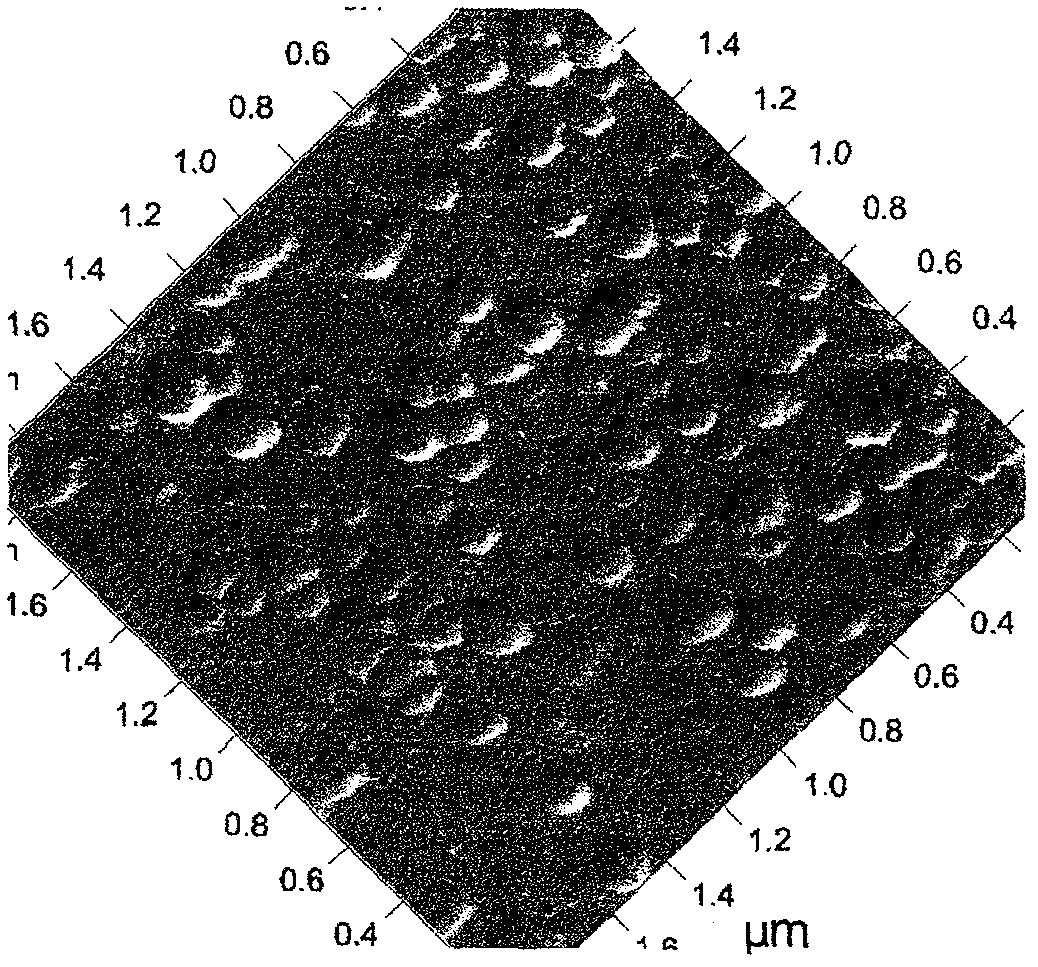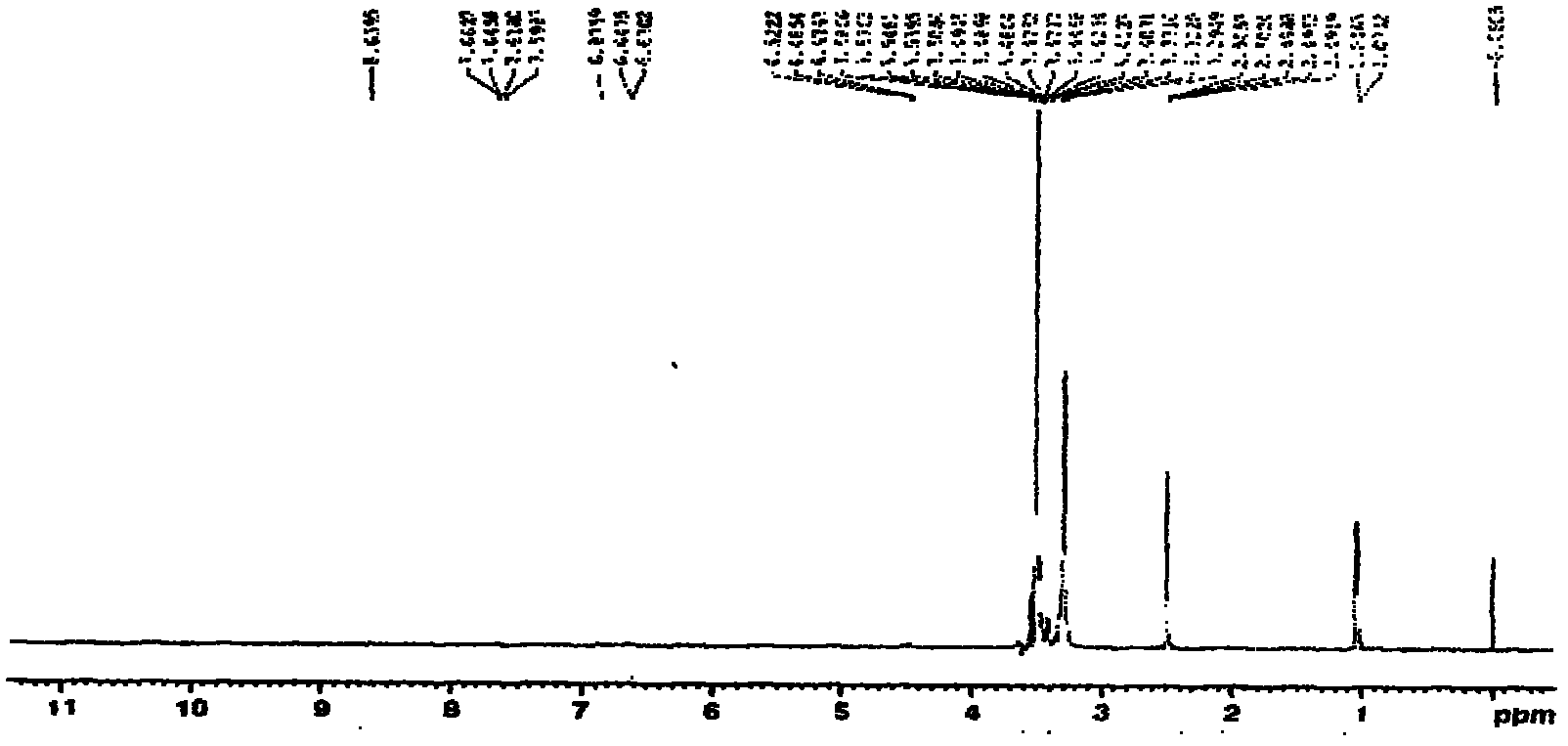Targeting ginkgolide B solid lipid nanoparticle and preparation method thereof
A technology of solid lipid nanometer and ginkgolide, which is applied in the field of medicine, can solve the problems such as the inability of effective treatment of brain diseases, and achieve the effects of strong affinity, prolonging circulation time and treating brain diseases.
- Summary
- Abstract
- Description
- Claims
- Application Information
AI Technical Summary
Problems solved by technology
Method used
Image
Examples
Embodiment 1
[0026] Synthesis of FA-Pluronic F68: (1) 1.15 g of p-toluenesulfonyl chloride (TsCl) and 800 μl of triethylamine were placed in a three-necked flask, and an appropriate amount of anhydrous dichloromethane was added to dissolve. The methylene chloride solution in which 5.00 g of Pluronic F68 is dissolved is added dropwise, and the reaction is magnetically stirred for 12 hours under nitrogen protection at room temperature. After the product is concentrated, it is precipitated in an appropriate amount of ice ether, and filtered with suction to obtain a precipitate. The precipitate was dissolved twice, and the precipitate was dried under vacuum for 24 hours to obtain F68-OTs. (2) Take 0.91 g of potassium phthalimide (PI) and place it in a three-necked flask, add an appropriate amount of anhydrous N,N-dimethylformamide (DMF), stir, disperse and dissolve at 120°C; drip into it Add 4.00g of F68-OTs in DMF solution, react at 120°C under nitrogen protection for 6 hours. After the prod...
Embodiment 2
[0028] Preparation of targeted ginkgolide B solid lipid nanoparticles: Take 150mg of glycerol monostearate and 30mg FA-Pluronic F68 in a water bath and heat it to 60℃ to melt, and gradually add 7.5mg of ginkgolide B in methanol solution. , Keep 60℃, magnetically stir for 2h, make the medicine and lipid material mix uniformly, until the methanol evaporates. Add 15ml of an aqueous solution of 45mg Pluronic F68 heated to 60°C, magnetically stir for 2h to obtain colostrum, disperse the colostrum at a high speed of 7500r / min at 60°C for 6min, immediately place it in an ice water bath at 4°C, solidify for 5min, and extrude over 0.8μm Filter the membrane for 5 times to obtain a solid lipid nanoparticle solution targeting ginkgolide B. The particle size is 125.8nm and the polydispersity coefficient is 0.380.
Embodiment 3
[0030] Preparation of targeted ginkgolide B solid lipid nanoparticles: Take 150mg of glycerol monostearate and 30mg FA-Pluronic F68 in a water bath and heat to 80 degrees Celsius to melt, and gradually add 7.5mg of ginkgolide B in methanol solution. , Keep at 80℃, magnetically stir for 2h, make the medicine and lipid material mix uniformly, until the methanol evaporates. Add 15ml of an aqueous solution of 45mg Pluronic F68 heated to 80°C, magnetically stir for 2h to obtain colostrum, 80°C, 7500r / min high-speed dispersion of colostrum for 6min, immediately place it in an ice water bath at 4°C, solidify for 5min, and squeeze 0.8μm Filter the membrane for 5 times to obtain a solid lipid nanoparticle solution targeting ginkgolide B. The particle size is 125.4nm and the polydispersity coefficient is 0.319.
PUM
 Login to View More
Login to View More Abstract
Description
Claims
Application Information
 Login to View More
Login to View More - R&D
- Intellectual Property
- Life Sciences
- Materials
- Tech Scout
- Unparalleled Data Quality
- Higher Quality Content
- 60% Fewer Hallucinations
Browse by: Latest US Patents, China's latest patents, Technical Efficacy Thesaurus, Application Domain, Technology Topic, Popular Technical Reports.
© 2025 PatSnap. All rights reserved.Legal|Privacy policy|Modern Slavery Act Transparency Statement|Sitemap|About US| Contact US: help@patsnap.com



